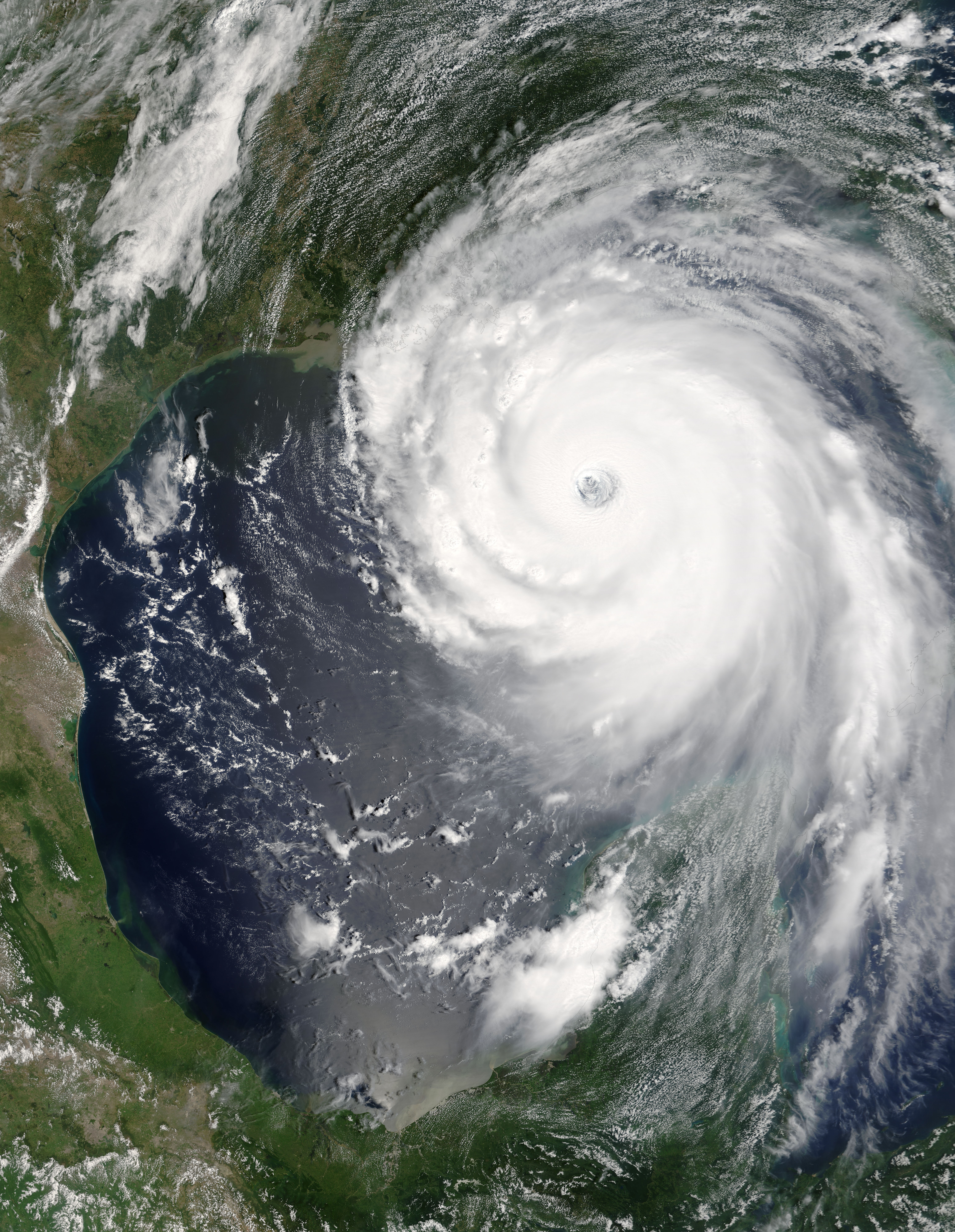 |
| Hurricane Katrina |
Hurricanes are among the most feared storms that occur on
Earth. They are destructive, powerful and deadly. What hurricane facts science
does possess do very little to protect us from their awesome power as evidenced
by the aftermath of such hurricanes as 2005's Hurricane Katrina.
1. A hurricane by any other name is still a
hurricane
Hurricanes have several names, though the storm is the same.
Depending on where you are in the world, people may call a hurricane a
hurricane, severe-tropical cyclone, severe cyclonic storm, tropical cyclone or
typhoon. All of these names signify storms with winds of 74 miles per hour or
greater.
2. Being in the eye of a hurricane is not as
nice as it seems
One of the most interesting facts science knows about
hurricanes is that the very center of these powerful storms can be as calm as a
clear day. The eye of a hurricane can measure anywhere between 5 and 120 miles
across. Inside of this eye, there are often weak winds, though there are sometimes
strong winds within the eye. There is significantly less rain if there is any
rain at all. Seems nice, right? Well, lurking right outside of the eye is the
eyewall, which is the strongest part of a hurricane. If you find yourself in
the eye, you have already seen the worst of the storm, are about to see the
worst of it or both.
3. The NOAA has actually tried to weaken
hurricanes
As science fiction as it seems, the NOAA, with the help of
the U.S. government, actually took what they know about hurricanes and tried to
use it to create hurricane-altering technology. The project was called PROJECT
STORMFURY. The method they concocted involved dumping silver iodide into
hurricanes in what they called "seeding clouds." For all intents and
purposes, PROJECT STORMFURY was a failure. Since then, the NOAA has reverted to
learning more about hurricanes instead of trying to change them.
4. Hurricanes can come in packs
In both August of 1893 and September of 1998, there were
four hurricanes in the Atlantic at one time. That is the most ever in recorded
history. In 1893, the hurricanes remained unnamed, but we know one was
responsible for the deaths of at least 1,000 people in the United States. As
for the 1998 pack of hurricanes, they were Karl, Ivan, Georges and Jeanne.
Georges killed roughly 400 people when it made landfall in Haiti.
5. Hurricanes are monstrously strong
One of the hardest things to learn about hurricanes is their
maximum wind speed potential. That is because the winds can be so strong that
they destroy measuring devices. Wind speeds in a hurricane get up to more than
160 mph. How much more is not certain.
The winds of hurricanes are enough of a destructive force to
kill. However, one of the most terrifying hurricane facts has nothing to do
with wind. It has to do with rain. A powerful hurricane can dump more than 2.4
trillion gallons of rain in one day.
Since these storms have been studied, we have come to know
quite a bit about hurricanes, though there are surely many more hurricane facts
we do not know. Whether or not any new hurricane information will prevent human
deaths is another matter, but that tends to be the aim of much hurricane
research.
Sources
Landsea, Charles, What was the largest number of hurricanes
in the Atlantic Ocean at the same time?, retrieved 3/1/11,
aoml.noaa.gov/hrd/tcfaq/E18.html
Hurricane, retrieved 3/1/11,
environment.nationalgeographic.com/environment/natural-disasters/hurricane-profile
Facts about the Eye of a Hurricane, retrieved 3/1/11,
gohsep.la.gov/factsheets/FactsAboutHurricaneEye.htm
Landsea, Chris, What is a hurricane, typhoon or tropical
cyclone?, retrieved 3/1/11, aoml.noaa.gov/hrd/tcfaq/A1.html
Landsea, Chris, Has there ever been an attempt or experiment
to reduce the strength of a hurricane?, retrieved 3/1/11,
aoml.noaa.gov/hrd/tcfaq/C4.html
No comments:
Post a Comment